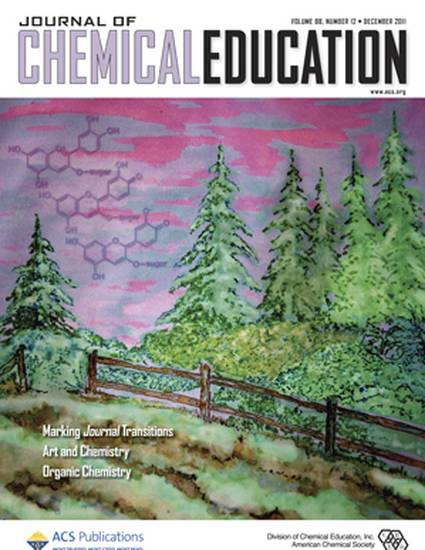
Distillation is a ubiquitous technique in the undergraduate organic chemistry curriculum; the technique dates back to ca. 3500 B.C.E. With the emergence of green chemistry in the 1990s, the importance of emphasizing responsible waste management practices for future scientists is paramount. Combining the practice of distillation with the message that waste generation should be minimized conveys green concepts from the beginning of the student’s experience in the lab. In this experiment, acetone waste collected from the cleaning of student glassware is purified by fractional distillation. The purity of the resulting distillate is determined by refractive index and density calculation. The distilled acetone is of sufficient purity (88%) that students can reuse it to wash glassware, collect the waste, and add it to a communal still that is operated by the instructor or support personnel. Students learn how to set up and perform a fractional distillation experiment, learn how to test the distillate for purity by refractive index and density, and are exposed to the value of recycling materials for reuse. The communal distillation apparatus provides an ongoing source of purified acetone for students to use throughout the remainder of the term.
Available at: http://works.bepress.com/owen_mcdougal/15/
